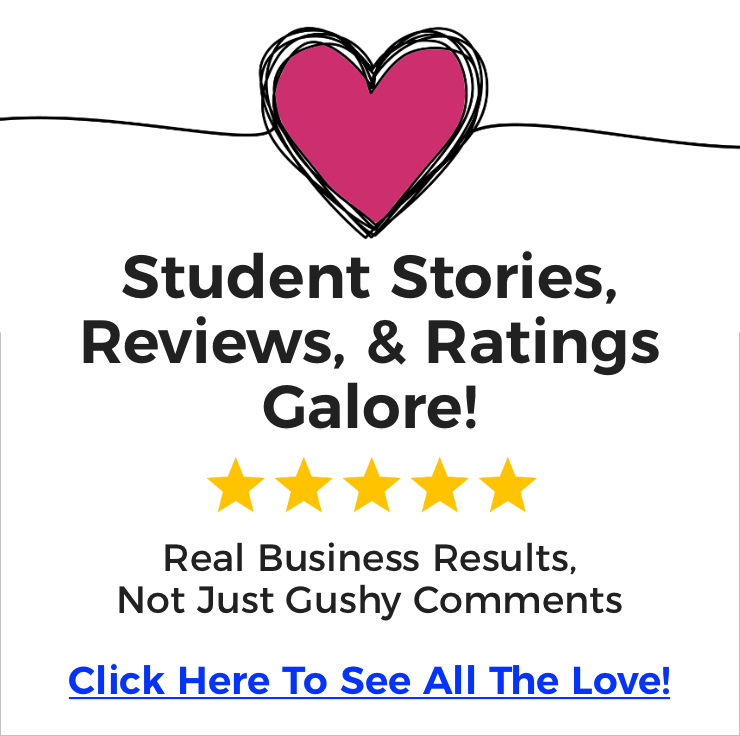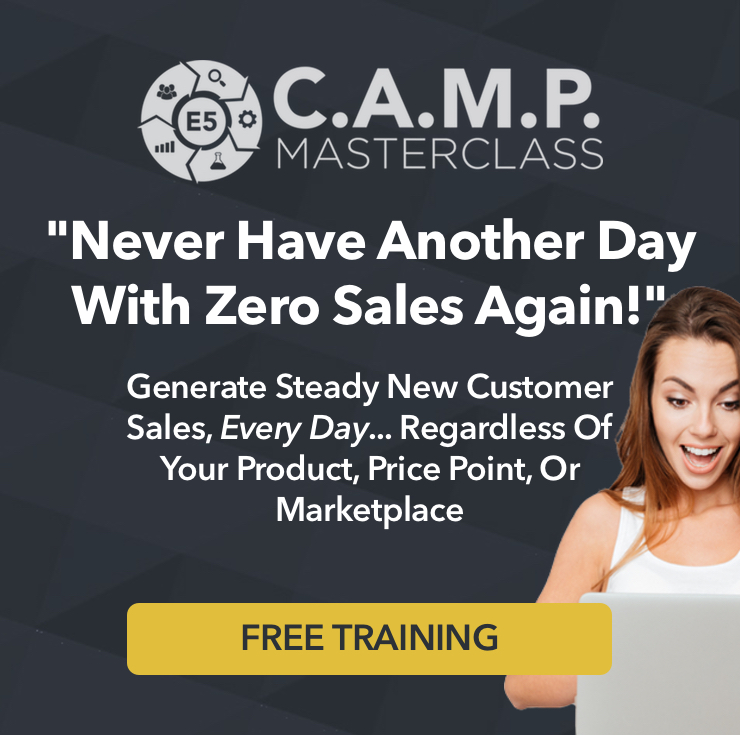A lesson on how to promote an affiliate product and get it past Facebook’s Terms of Service. Part 2. See Part 1 here.
In yesterday’s post I shared the first of several strategies we used to promote an affiliate product, Russell Brunson’s book, DotCom Secrets. Here are three more.
Method #4 – Create a “native page” to promote the book
We created an ad that talked about the top three marketing books that every serious marketer should have in their library. It included a description of each of the books, and of course the top book was Russell’s book with a button for them to claim a free copy. Because we weren’t selling the book, and instead we were reviewing the book, it met Facebook’s terms of service.
Method #5 – Do a Hangout
I actually did two Hangouts. In one of them, I shared my 10 favorite books and the 10 transformational lessons that I learned from each of them. I saved Russell’s book for last.
I also did a Hangout with Russell where we talked about marketing, business, fears, and failures as entrepreneurs. We talked about his book, his software, how he changed his business, scaled his business… It was a great Hangout. We promoted the Hangout on Facebook and then during the Hangout, we sent people to a landing page.
So prospects first opted in for the Hangout. Then we gave them an opportunity to get Russell’s book for free, using our affiliate link.
Get THIS proven marketing funnel map sent directly to your doorstep (and 11 more like it) FREE!
Just a few bucks shipping & tell us where to ship yours now!
Remember also that we got lots of new opt-ins from the Hangout ads, so not only did we send them to a landing page to get the book, but they also went into a follow up sequence that led to another offer from us, MFA. This meant that we were able to monetize above and beyond the commission from the book.
Method #6 – Create a retargeting pixel
Even though the book itself was free, because of Russell’s add-ons, we generated about $9 per book order. We simply reached out to Russell and asked Russell if he would be kind enough to put a little conversion pixel on the thank you page after somebody ordered the book, which he was happy to do since we were creating new customers for him.
That tracking pixel, that one little piece of code, helped us create an unlimited number of tracking leads for an unlimited number of ads. That pixel allowed us to do our own marketing more effectively and efficiently.
For all of these different pages that we created for these different ads, which we knew would be approved on Facebook, we put retargeting pixels on every single page. We ended up with a lot of new list segments.
We retargeted everyone off of virtually every page, and sent them to a different page: the Hangout registration page, the Hangout even if they didn’t register, the Tony Robbins page, an ad for the free book…
All of these different pages had retargeting, so even the pages where we didn’t collect an opt-in first, we still ended up with a segmented list within our customer audience section that we could utilize for our segmented retargeting and follow ups.
We really did a tremendous job, despite the fact that our initial ad to the main page got shot down — was disallowed by Facebook — but we were still able to figure out that doorway to get in there and leverage traffic.
We invested a significant chunk of change into traffic; it was around 3500 bucks a day just for this particular promotion. But I want you to understand that it’s easy when you’ve got a funnel that converts. You know for every dollar that you put in, you get a dollar back, it’s all about scale, and that’s it.
If you think $3500 a day is an insane amount of money, let me tell you that I would have felt the same way many years ago.
But reality is that when you have a machine — when you have your funnel that turns a dollar’s worth of traffic into at least a dollar’s worth of new customers, sales, and prospects — whether it’s 30, whether it’s 300 or whether its 3,000 or 30,000 it’s the same thing.
Get your funnel WORKING, CONVERTING, and then you can just scale it right up.
And also be creative about finding some back-door ways to leverage Facebook.



